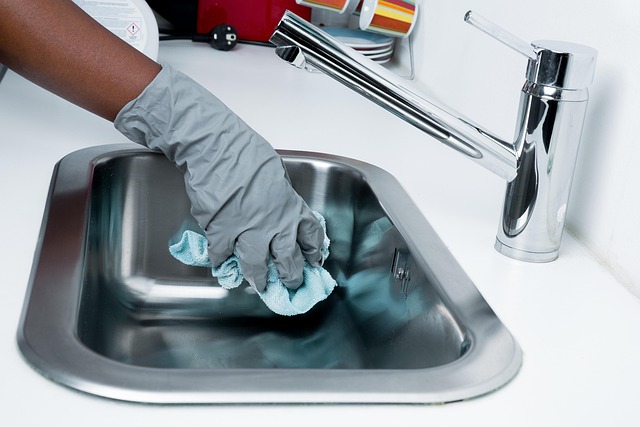Storage Strategies to Reduce Clutter and Preserve Cookware Condition
Practical storage choices can reduce kitchen clutter and extend the usable life of cookware. This article outlines space-conscious organization methods and care-minded approaches that support hygiene, ergonomics, and sustainable use of materials in everyday mealprep and cleaning routines.

A well-organized kitchen supports efficient mealprep and protects the cookware and utensils you rely on daily. Thoughtful storage reduces clutter, lowers the risk of damage, and makes cleaning and maintenance easier. This article covers approaches that consider materials, ergonomics, hygiene, safety, and sustainability so that pots, pans, cuttingboards, knives, and prep tools remain usable and in good condition while taking up minimal space.
How should cookware be stored by material?
Different materials demand different storage approaches to prevent wear. Cast iron benefits from a light oiling and dry storage to avoid rust; consider stacking with paper or cloth between pieces to protect seasoned surfaces. Nonstick pans should not be scratched—store them with protective liners or hang them by handles to avoid contact. Stainless steel tolerates stacking but keep heavier items at the bottom to avoid dents. Glass and ceramic bakeware is best stored with cushioning and upright if possible to reduce chipping. Matching storage to materials reduces maintenance needs and lengthens cookware life.
What storage aids help with organization and ergonomics?
Use storage solutions that balance accessibility and space efficiency. Drawer dividers and vertical racks make utensils and cuttingboards easy to reach without overcrowding counters. Pull-out shelves and lazy Susans improve ergonomics by reducing bending and reaching for heavy pots. Magnetic knife strips free counter space and present knives safely at eye level; ensure they’re mounted at a comfortable height to prevent awkward lifting. Clear labeling and designated zones for prep, cooking, and cleaning support flow, which improves both organization and the ergonomics of frequent kitchen tasks.
How does cleaning and hygiene affect cookware life?
Regular cleaning and proper drying prevent corrosion, bacterial growth, and surface damage. After each use, remove food residues promptly and follow care instructions for each material—use gentle abrasives for stainless steel and avoid harsh detergents on seasoned cast iron. Thorough drying and airing are critical, particularly for porous materials like wood cuttingboards, to maintain hygiene and stop mold or rust. Storing cookware only when fully dry reduces maintenance and preserves both appearance and safety for food prep.
How to maintain cuttingboards and knifecare?
Separate storage and care for cuttingboards and knives helps preserve both hygiene and edge retention. Use dedicated racks or trays for cuttingboards so they dry upright and air circulates; alternate use of boards for raw proteins and produce to avoid cross-contamination. For knifecare, avoid loose drawers that dull blades—use knife blocks, in-drawer organizers, or magnetic strips. Regular honing and occasional professional sharpening maintain performance. Wooden boards benefit from periodic oiling; plastic boards can go in the dishwasher if rated safe, which aids cleaning and hygiene.
How can utensils and prep tools be kept accessible?
Group utensils by function—measuring tools, stirring spoons, spatulas, and specialty prep items—so you can find essentials quickly during mealprep. A countertop crock near the cooking zone can hold frequently used utensils for speed, while less-used items can live in organized drawers with dividers. Consider shallow trays or pegboards to keep utensils visible and prevent jostling that causes wear. Proper placement reduces unnecessary handling, supports hygiene by minimizing cross-contact, and preserves fragile materials like wooden spoons.
How do sustainability and safety influence storage choices?
Choose storage methods and materials that reduce waste and promote safety. Reusable liners, cloth separators, and furniture-grade shelving built to last are more sustainable than single-use plastics. Store hazardous items like glass lids or sharp tools where they won’t accidentally fall; heavier pans should be low and easy to lift to avoid strain. Opt for repairable or modular storage systems so you can adapt rather than replace. These choices support long-term maintenance of cookware and align with hygienic, safe kitchen practices.
In summary, intentional storage strategies—matched to materials, mindful of hygiene and safety, and designed for ergonomic ease—can substantially reduce clutter and extend the usable life of cookware and prep tools. Integrating organization, regular cleaning, and appropriate maintenance routines keeps your kitchen efficient and preserves the condition of the items you use most.





